Welcome to the Focusing on Wildlife Galleries
Discover and share outstanding wildlife images.
Join the discussions and upload your own photos.
This species has an extremely large range and consists of several subpopulations using different flyways. The lapponica subspecies which breeds and winters within Europe is thought to be experiencing an increase in the wintering population but the breeding trend is unknown. Of the taymyrensis subspecies which breeds in Siberia the population wintering in west and south-west Africa is estimated to be declining whilst the trend for the population wintering in south and south-west Asia and east Africa is not known. Two subspecies, menzbieri and baueri, use the East Asian-Australasian Flyway and are both undergoing extremely rapid declines, probably owing to severe habitat loss in the Yellow Sea. As a result of severe declines in populations using the East Asian-Australasian Flyway the species has been uplisted to Near Threatened.
15 Photos
The Black-necked Stilt (Himantopus mexicanus) is a locally abundant shorebird of American wetlands and coastlines. It is found from the coastal areas of California through much of the interior western United States and along the Gulf of Mexico as far east as Florida, then south through Central America and the Caribbean to NW Brazil SW Peru, E Ecuador and the Galapagos Islands. The northernmost populations, particularly those from inland, are migratory, wintering from the extreme south of the USA to southern Mexico, rarely as far south as Costa Rica; on the Baja California peninsula it is only found regularly in winter.
7 Photos
The Black-tailed Godwit, Limosa limosa, is a large, long-legged, long-billed shorebird. It is a member of the Limosa genus, the godwits. Its breeding range stretches from Iceland through Europe and areas of central Asia. Black-tailed Godwits spend winter in areas as diverse as Australia, western Europe and west Africa. The species breeds in fens, lake edges, damp meadows, moorlands and bogs and uses estuaries, swamps and floods in winter.
4 Photos
The Black-winged Stilt, Himantopus himantopus, is a widely distibuted very long-legged wader in the avocet and stilt family (Recurvirostridae). W Europe and Mediterranean region to Central Asia, sub-Saharan Africa and Madagascar, South and Southeast Asia; localized breeder in East Asia (e.g. Taiwan) but more widespread during winter; has become a regular migrant to the Marianas and Saipan and sometimes is seen on other islands in western Micronesia. NW populations migrate south to Africa in winter.
19 Photos
The Cattle Egret (Bubulcus ibis) is a cosmopolitan species of heron (family Ardeidae) found in the tropics, subtropics and warm temperate zones. It is the only member of the monotypic genus Bubulcus. Despite the similarities in plumage to the egrets of the genus Egretta, it is more closely related to the herons of Ardea. Originally native to parts of Asia, Africa and Europe, it has undergone a rapid expansion in its distribution and successfully colonised much of the rest of the world.
10 Photos
The Eurasian Coot, Fulica atra, also known as Coot, is a member of the rail and crake bird family, the Rallidae. The Coot breeds across much of the Old World on freshwater lakes and ponds. It occurs and breeds in Europe, Asia, Australia and Africa. The species has recently expanded its range into New Zealand. It is resident in the milder parts of its range, but migrates further south and west from much of Asia in winter as the waters freeze.
11 Photos
The Common Crane (Grus grus), also known as the Eurasian Crane, is a bird of the family Gruidae, the cranes. It is a long distance migrant wintering in Africa (south to Morocco and Ethiopia), southern Europe, and southern Asia (south to northern Pakistan and eastern China). It is a rare visitor to western North America, where birds are occasionally seen with flocks of migrating Sandhill Cranes.
3 Photos
The Eurasian Curlew, Numenius arquata, is a wader in the large family Scolopacidae. It is the one of the most widespread of the curlews, breeding across temperate Europe and Asia. This is a migratory species over most of its range, wintering in Africa, southern Europe and south Asia. Occasionally, a vagrant individual reaches places far away from its normal range, such as Nova Scotia or the Marianas. It is present all year in the milder climate of Ireland, Great Britain and the adjacent European coasts.
7 Photos
This species has been uplisted to Near Threatened owing to a global population decline which is thought to approach the threshold for Vulnerable under the population size reduction criterion (A4abc). The species has an extremely large range and the overall population trend is very difficult to determine due to varying trends in different populations along different flyways. The population using the East Asian-Australasian Flyway is thought to be experiencing severe declines due to habitat loss in the Yellow Sea. Should new information arise providing clarification on the overall population trend it may warrant uplisting or downlisting.
16 Photos
The Dunlin, Calidris alpina, is a small wader, sometimes separated with the other "stints" in Erolia. It is a circumpolar breeder in Arctic or subarctic regions. Birds that breed in northern Europe and Asia are long-distance migrants, wintering south to Africa and southeast Asia. Birds that breed in Alaska and the Canadian Arctic migrate short distances to the Pacific and Atlantic coasts of North America, although those nesting in Northern Alaska overwinter in Asia.
19 Photos
The Glossy Ibis (Plegadis falcinellus) is a wading bird in the ibis family Threskiornithidae. This is the most widespread ibis species, breeding in scattered sites in warm regions of Europe, Asia, Africa, Australia, and the Atlantic and Caribbean region of the Americas.This species is migratory; most European birds winter in Africa, and in North America birds from north of the Carolinas winter farther south.
6 Photos
The Great Blue Heron (Ardea herodias) is a large wading bird in the heron family Ardeidae, common near the shores of open water and in wetlands over most of North and Central America as well as the West Indies and the Galapagos Islands. It is a rare vagrant to Europe, with records from Spain, the Azores and England. An all-white population found only in the Caribbean and south Florida was once known as a separate species, the Great White Heron.
3 Photos
The Great Crested Grebe, Podiceps cristatus is a member of the grebe family of water birds. The Great Crested Grebe breeds in vegetated areas of freshwater lakes. It is found across Europe and Asia. It is resident in the milder west of its range, but migrates from the colder regions. It winters on freshwater lakes and reservoirs or the coast.
4 Photos
The Greater Flamingo (Phoenicopterus roseus) is the most widespread species of the flamingo family. It is found in parts of Africa, southern Asia (coastal regions of Pakistan and India) and southern Europe (including Spain, Sardinia, Albania, Turkey, Greece, Cyprus, Portugal, and the Camargue region of France). Some populations are short distance migrants, and records north of the breeding range are relatively frequent.
3 Photos
The Green Heron (Butorides virescens) is a small heron of North and Central America. It was long considered conspecific with its sister species the Striated Heron (Butorides striata), and together they were called "Green-backed Heron". Birds of the nominate subspecies (no matter which taxonomic arrangement is preferred) are extremely rare vagrants to western Europe; individuals from the Pacific coast of North America may similarly stray as far as Hawaii.
13 Photos
The Greenshank Tringa nebularia is a wader in the large family Scolopacidae, the typical waders. This is a subarctic bird, breeding from northern Scotland eastwards across northern Europe and Asia. It is a migratory species, wintering in Africa, south Asia, and Australasia, usually on fresh water. It breeds on dry ground near marshy areas, laying about four eggs in a ground scrape.
17 Photos
The Grey Heron (Ardea cinerea), is a wading bird of the heron family Ardeidae, native throughout temperate Europe and Asia and also parts of Africa. It is resident in the milder south and west, but many birds retreat in winter from the ice in colder regions. It has become common in summer even inside the Arctic circle along the Norwegian coast.
7 Photos
The Kentish Plover, Charadrius alexandrinus, is a small wader in the plover bird family. It breeds in most subtropical and tropical parts of the world, from southern Europe to Japan and in Ecuador, Peru, Chile, the southern USA and the Caribbean. The breeding birds in warmer countries are largely sedentary, but northern and inland populations are migratory, wintering south to the tropics.
2 Photos
The Lesser Yellowlegs (Tringa flavipes) is a medium-sized shorebird similar in appearance to the larger Greater Yellowlegs. Their breeding habitat is clearings near ponds in the boreal forest region from Alaska to Quebec. They migrate to the Gulf coast of the United States and south to South America. This species is a regular vagrant to western Europe, and the odd bird has wintered in Great Britain.
5 Photos
The Little Bittern (Ixobrychus minutus) is a wading bird in the heron family Ardeidae, native to the Old World, breeding in Africa, central and southern Europe, western and southern Asia, and Australasia. Birds from temperate regions in Europe and western Asia are migratory, wintering in Africa and further south in Asia, while those nesting in the tropics are sedentary. It is rare north of its breeding range.
3 Photos
The Little Blue Heron, Egretta caerulea, is a small heron. It breeds from the Gulf states of the USA through Central America and the Caribbean south to Peru and Uruguay. It is a resident breeder in most of its range, but some northern breeders migrate to the southeastern USA or beyond in winter. There is post-breeding dispersal to well north of the border between the US and Canada.
8 Photos
The Little Grebe (Tachybaptus ruficollis), also known as Dabchick, is the smallest European member of the grebe family of water birds and is commonly found in open bodies of water across most of its range. This bird breeds in small colonies in heavily vegetated areas of freshwater lakes across Europe, much of Asia down to New Guinea, and most of Africa. Most birds move to more open or coastal waters in winter, but it is only migratory in those parts of its range where the waters freeze.
1 Photos
The Little Stint, Calidris or Erolia minuta, is a very small wader. It breeds in arctic Europe and Asia, and is a long-distance migrant, wintering south to Africa and south Asia. It occasionally is a vagrant to North America and to Australia. It is gregarious in winter, sometimes forming large flocks with other Calidris waders, particularly Dunlin, on coastal mudflats or the edges of inland pools.
15 Photos
The Common Moorhen (Gallinula chloropus) is a bird in the rail family with an almost worldwide distribution outside Australasia as well as deserts, many tropical rainforests, and the polar regions. Ranges from Northwest Europe to North Africa and eastwards to Central Siberia and from the humid regions of southern Asia to Japan and Central Malaysia; also found in Sri Lanka and the Canary, Azores, Madeira, and Cape Verde islands.
4 Photos
The Black-crowned Night Heron (or just Night Heron in Eurasia), (Nycticorax nycticorax) is a medium-sized heron. The species breeds in Europe, Asia and Africa. Black-crowned Night Herons nest in colonies on platforms of sticks in a group of trees, or on the ground in protected locations such as islands or reedbeds. This heron is migratory outside the tropical parts of its extensive range, where it is a permanent resident. The North American population winters in Mexico, the southern United States, Central America, and the West Indies, and the Old World birds winter in tropical Africa and southern Asia.
5 Photos
This species is suspected to be decreasing at a moderately rapid rate. It is therefore classified as Near Threatened. Should new information suggest these declines are occurring more rapidly it would warrant uplisting; it almost meets the requirements for listing as threatened under criteria A2abce+3bce+4abce.
15 Photos
This species has been uplisted to Near Threatened as it almost meets the requirements for listing as threatened under criteria A2ab+3b+4ab. It has an extremely large range and population size, and the largest flyway population increased strongly between the 1960s and 1990s but subsequently declined moderately rapidly. The recent decline may be part of a longer-term fluctuation and the population should be monitored carefully to ascertain whether it shows signs of stabilising. None of the remaining flyway populations have increased. Should new information suggest declines are continuing or that actions to benefit the species, such as limiting mechanical shellfishery operations, are not leading to population recoveries, the species would merit uplisting to a higher threat category.
16 Photos
The Red-knobbed Coot or Crested Coot, (Fulica cristata), is a member of the rail and crake bird family, the Rallidae. It is a resident breeder across much of Africa and in southernmost Spain on freshwater lakes and ponds. It builds a nest of dead reeds near the water's edge or afloat, laying up to 8 eggs.
9 Photos
The Common Redshank or Redshank (Tringa totanus) is a wader in the large family Scolopacidae, the typical waders. This is a widespread breeding bird across Europe and northern Asia. It is a migratory species, wintering on coasts around the Mediterranean, in south Asia, and on the Atlantic coast of Europe from Great Britain southwards.
15 Photos
The Ringed Plover Charadrius hiaticula is a small plover. The Ringed Plover's breeding habitat is open ground on beaches or flats across northern Eurasia and in Arctic northeast Canada. Some birds breed inland, and in western Europe they nest as far south as northern France. Ringed Plovers are migratory and winter in coastal areas south to Africa. Many birds in Great Britain and northern France are resident throughout the year.
12 Photos
The Ruddy Turnstone (Arenaria interpres) is a small wading bird, one of two species of turnstone in the genus Arenaria. It is now classified in the sandpiper family Scolopacidae but was formerly sometimes placed in the plover family Charadriidae. It is a highly migratory bird, breeding in northern parts of Eurasia and North America and flying south to winter on coastlines almost worldwide. It is the only species of turnstone in much of its range and is often known simply as Turnstone.
4 Photos
The Ruff (Philomachus pugnax) is a medium-sized wader in which breeds in marshes and wet meadows in northern Europe and Russia. This species is migratory, wintering in southern and western Europe, Africa, southern Asia and Australia. It is highly gregarious, sometimes forming huge wintering flocks.
8 Photos
The Sanderling (Calidris alba) is a small wader. It is a circumpolar Arctic breeder, and is a long-distance migrant, wintering south to South America, South Europe, Africa, and Australia. It is highly gregarious in winter, sometimes forming large flocks on coastal mudflats or sandy beaches.
8 Photos
The Semipalmated Plover (Charadrius semipalmatus) is a small plover. Their breeding habitat is open ground on beaches or flats across northern Canada and Alaska. They are migratory and winter in coastal areas ranging from the United States to Patagonia. They are extremely rare vagrants to western Europe, although their true status may be obscured by the difficulty in identifying them from the very similar Ringed Plover of Eurasia, of which it was formerly considered a subspecies.
5 Photos
The Semipalmated Sandpiper, Calidris pusilla, is a very small shorebird. Their breeding habitat is the southern tundra in Canada and Alaska near water. They are long distance migrants and winter in coastal South America with some going to the southern United States. They migrate in flocks which can number in the hundreds of thousands, particularly in favoured feeding locations such as the Bay of Fundy and Delaware Bay. This species is a rare but regular vagrant to western Europe.
5 Photos
The Common Snipe (Gallinago gallinago), is a small, stocky shorebird. The breeding habitat is marshes, bogs, tundra and wet meadows in Iceland, the Faroes, northern Europe and Russia. European birds winter in southern Europe and Africa, and Asian migrants move to tropical southern Asia.. This well camouflaged bird is usually shy and conceals itself close to ground vegetation and flushes only when approached closely. They fly off in a series of aerial zig-zags to confuse predators. Snipe hunters, therefore, needed to be very skilled to hunt these birds and they came to be called snipers.
2 Photos
The Snowy Egret (Egretta thula) is a small white heron. Their breeding habitat is large inland and coastal wetlands from the lower Great Lakes and southwestern United States to South America. The breeding range in eastern North America extends along the Atlantic and Gulf Coasts from Maine to Texas, and inland along major rivers and lakes. In warmer locations, some Snowy Egret are permanent residents; northern populations migrate to Central America and the West Indies. They may wander north after the breeding season, very rarely venturing to western Europe.
1 Photos
The Spotted Redshank Tringa erythropus is a wader in the large bird family Scolopacidae, the typical waders. It is an Arctic bird, breeding across northern Scandinavia and northern Asia. It is a migratory species, wintering around the Mediterranean, the southern British Isles, France, tropical Africa, and tropical Asia, usually on fresh or brackish water. It is an occasional vagrant in Australia and North America.
6 Photos
The Spotted Sandpiper (Actitis macularius) is a small shorebird. Together with its sister species, the Common Sandpiper (A. hypoleucos) they make up the genus Actitis. They replace each other geographically; stray birds may settle down with breeders of the other species and hybridize. Their breeding habitat is near fresh water across most of Canada and the United States. They migrate to the southern United States and South America, and are very rare vagrants to western Europe.
8 Photos
The White Stork (Ciconia ciconia) is a large wading bird in the stork family Ciconiidae, breeding in the warmer parts of Europe (north to Estonia), northwest Africa, and southwest Asia (east to southern Kazakhstan). It is a strong migrant, wintering mainly in tropical Africa, down to the south of South Africa, and also in the Indian subcontinent.
5 Photos
The Willet (Tringa semipalmata) is a large shorebird in the sandpiper family. Two subspecies have very different breeding habitats and ranges. The Eastern Willet breeds in coastal saltmarshes from Nova Scotia to Mexico and the Caribbean. It winters on the Atlantic coast of South America. The Western Willet breeds in freshwater prairie marshes in western North America. It winters on both coasts, from the mid-Atlantic states south to at least Brazil on the Atlantic, and from Oregon south to Peru on the Pacific.
4 Photos
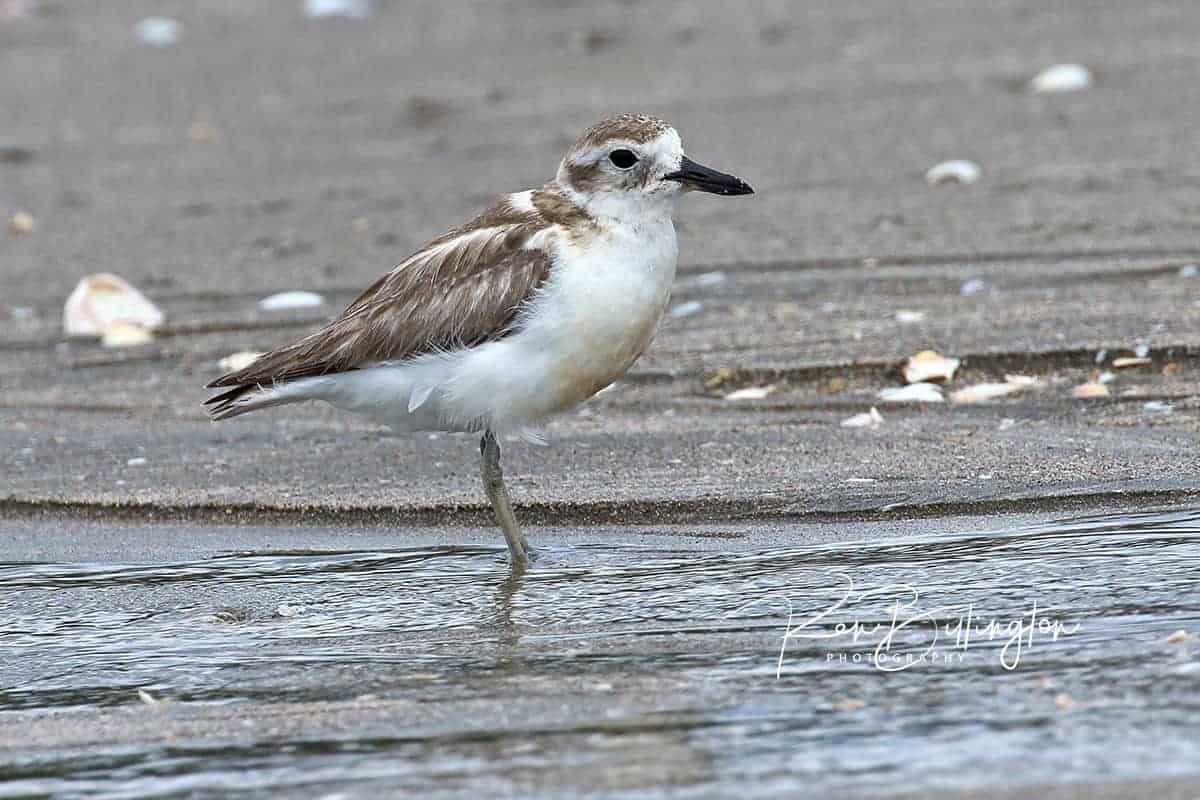

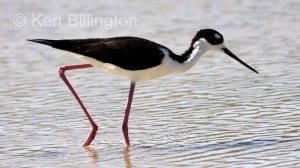
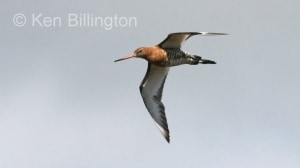
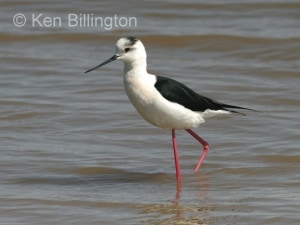
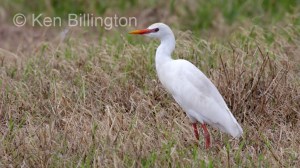
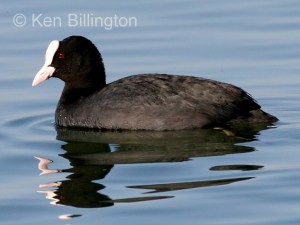


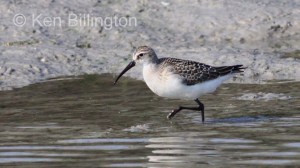
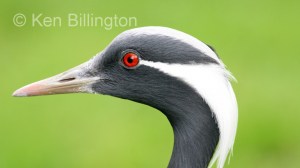
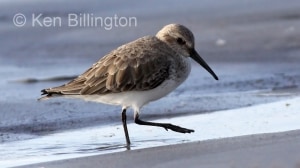
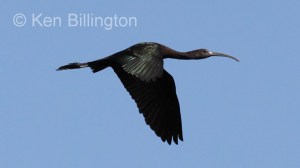
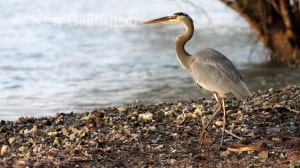
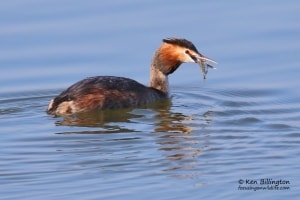

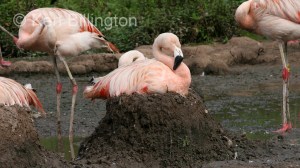
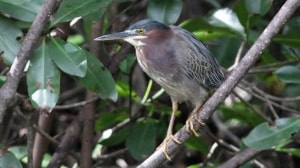
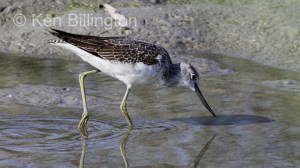
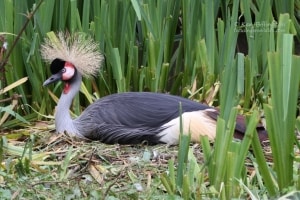


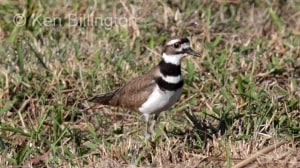


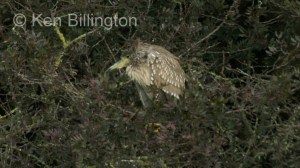
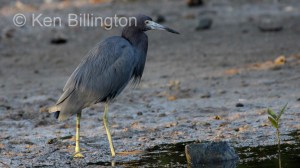
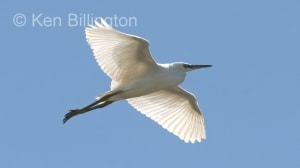
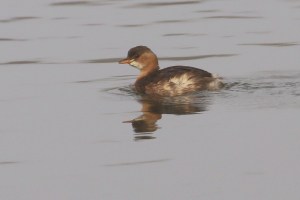


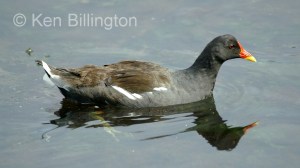
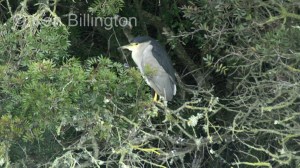
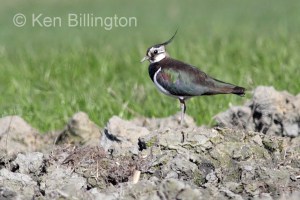
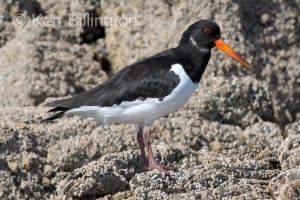
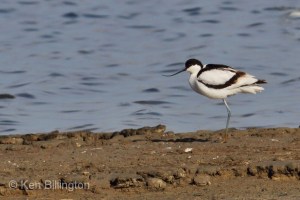
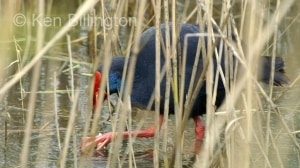
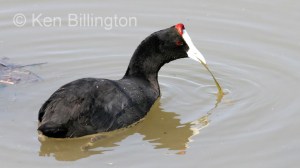
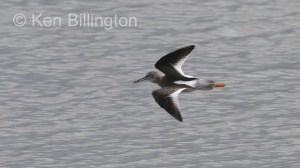


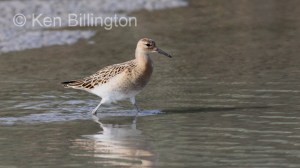
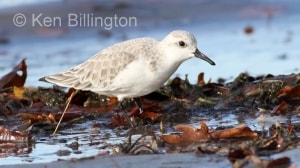

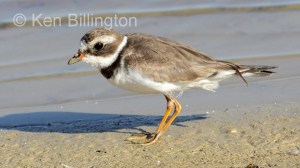
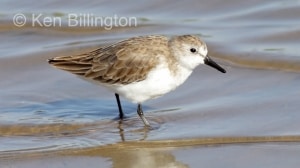
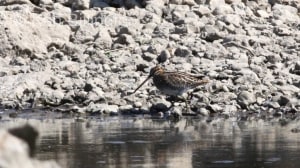
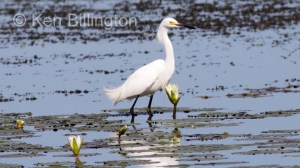
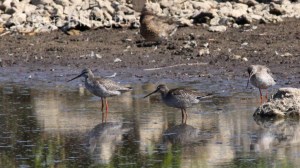
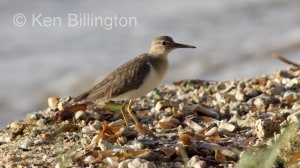
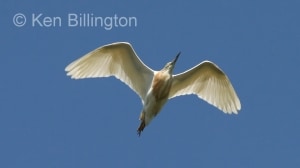
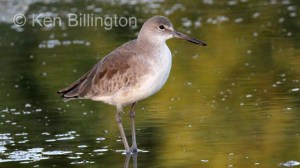
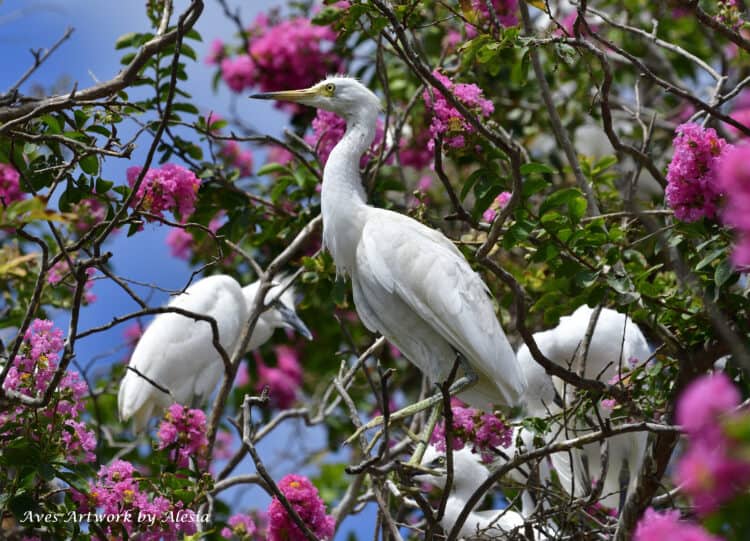

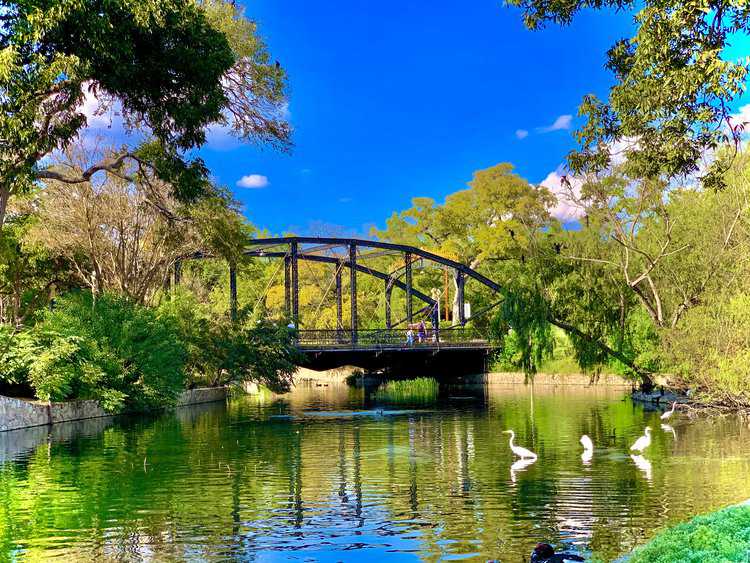
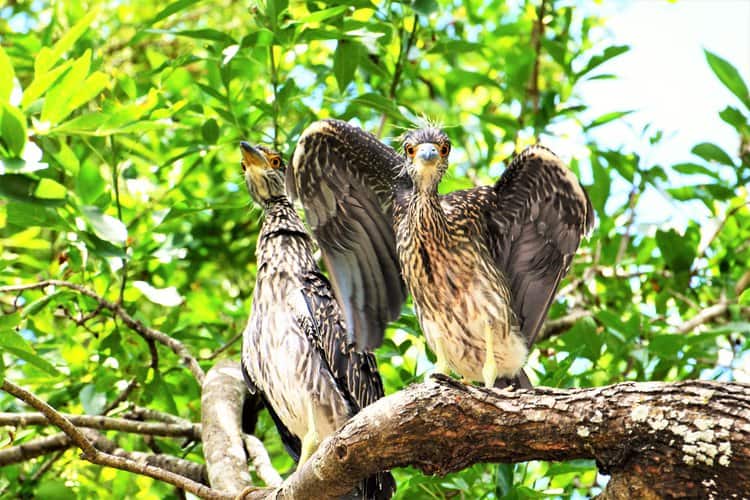


Leave a Reply